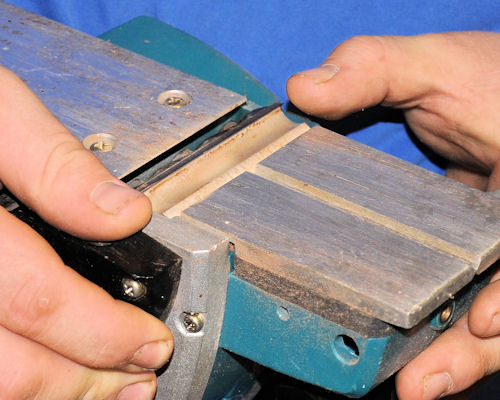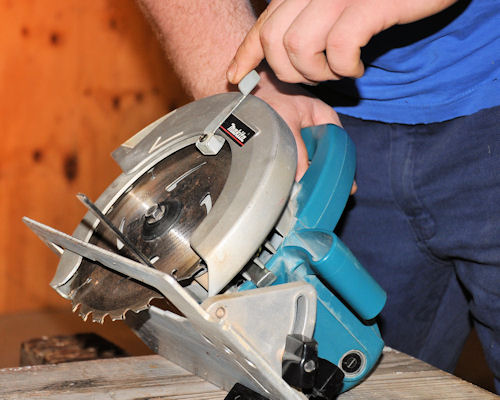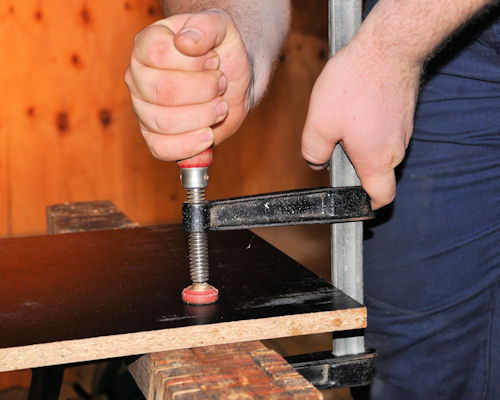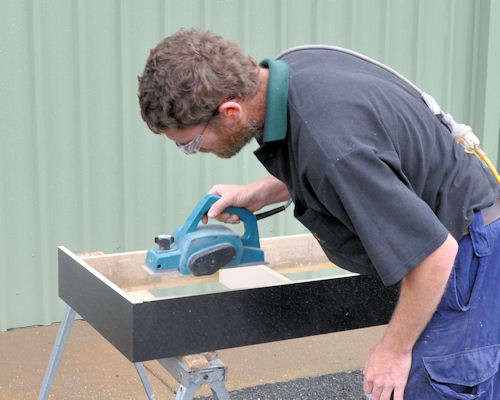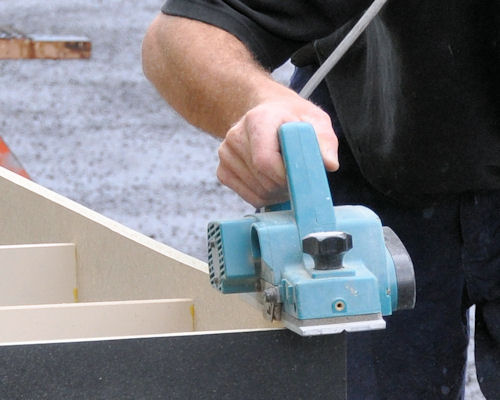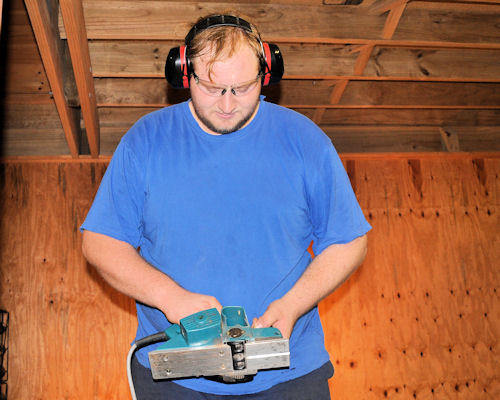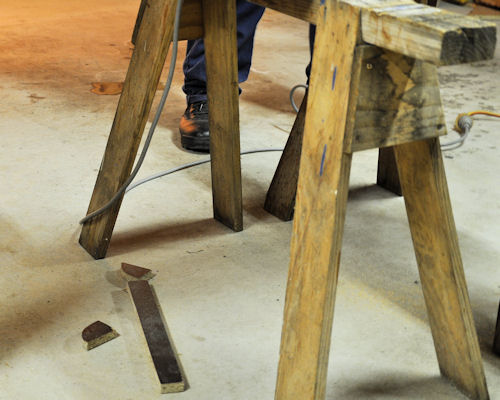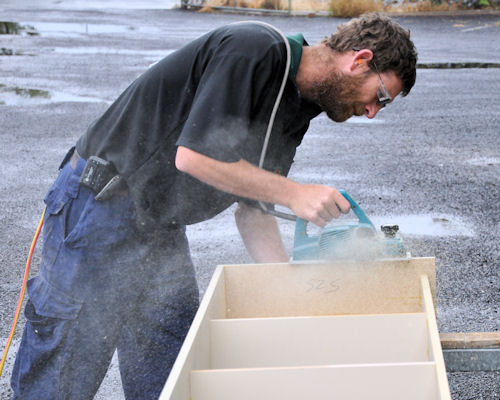Safety with power tools
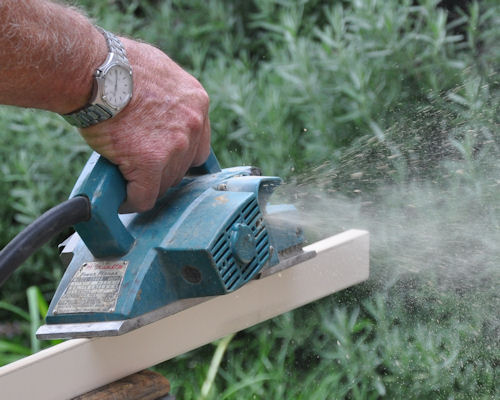 Audio for slide 1 (mp3 |6|KB)
Audio for slide 1 (mp3 |6|KB)
Any tool has the potential to cause an injury, but power tools have several hazards that don't apply to simple hand tools.
Firstly, they are more powerful and much faster, so they produce reaction forces that can cause you to lose control if you're not extremely careful.
Secondly, the power source itself is potentially dangerous if you come into direct contact with it.
And thirdly, they often generate dust, sparks or flying particles that can cause serious problems if you don't take proper precautions.
Set out below are some basic principles for using power tools safely.

Firstly, they are more powerful and much faster, so they produce reaction forces that can cause you to lose control if you're not extremely careful.
Secondly, the power source itself is potentially dangerous if you come into direct contact with it.
And thirdly, they often generate dust, sparks or flying particles that can cause serious problems if you don't take proper precautions.
Set out below are some basic principles for using power tools safely.

Learning activity
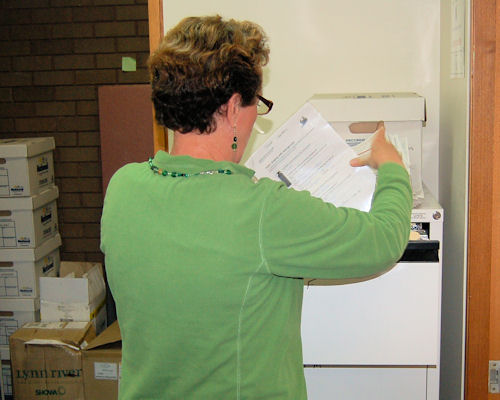 Audio for slide 12 (mp3 |6|KB)
Audio for slide 12 (mp3 |6|KB)
Has your company got safe operating procedures (SOPs) for the power tools you need to use on-site? Alternatively, have you been given access to a copy of the manufacturer's operating instructions or owner's manual for each of the power tools you use?
If you haven't come across any of these documents, ask your supervisor whether they are kept on file somewhere in the office. In particular, see if you can get hold of written instructions covering the safe use of circular saws, electric planes and jig saws.
The assignment for this section will ask you to develop a brief SOP of your own for either an electric plane or a jig saw, so it will be very handy if you can refer to a formal document for guidance.

Go to Assignment
Industry Network Training and Assessment Resourses
© 2016 Workspace Training



